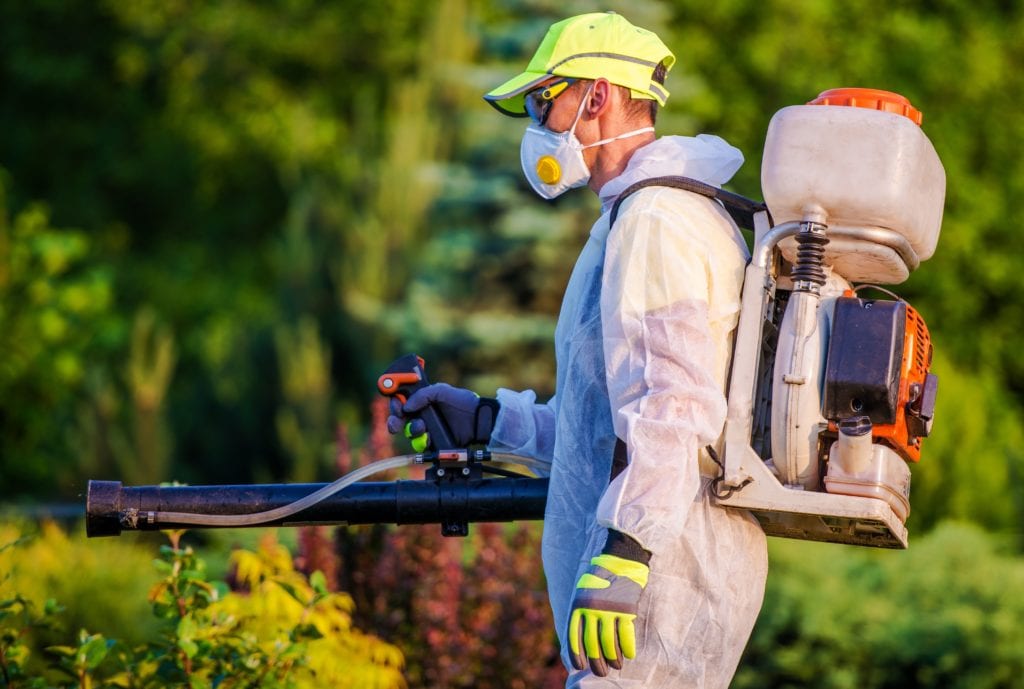Proven Bed Bug Heat Treatment: Get Rid Of Bed Bugs with Heat!
Proven Bed Bug Heat Treatment: Get Rid Of Bed Bugs with Heat!
Blog Article
Professional Bug Control Techniques for Long-Term Results
In the realm of parasite control, achieving continual efficiency and long-term outcomes needs a precise technique that transcends plain elimination. Professional bug control techniques encapsulate an extensive method that begins with a comprehensive assessment and assessment, adhered to by precise parasite identification to recognize their behavior patterns. The application of Integrated Pest Administration (IPM) concepts, paired with eco-conscious therapies, forms the keystone of sustainable bug eradication. The true test exists in the continuous surveillance and upkeep of the dealt with locations, making sure a pest-free atmosphere for the foreseeable future. By diving right into the intricacies of these strategies, a deeper understanding of expert bug control techniques for enduring results arises.
Evaluation and Assessment
Upon getting in a property for pest control services, the initial action is a thorough inspection and assessment to determine the extent of the infestation and determine one of the most reliable treatment strategy. Specialist pest control specialists are trained to diligently examine the facilities, seeking indicators of pest activity such as droppings, chomp marks, nests, or any type of architectural damages. They will also assess the conditions that might be drawing in bugs, such as food sources, water leakages, or entry factors.

Insect Identification and Actions

Furthermore, recognizing the habits of the recognized parasite is key to applying effective control measures. Recognizing where insects nest, what they feed on, and their activity patterns can help pest control specialists create methods to remove them effectively.
Integrated Bug Monitoring (IPM)
Integrated Insect Administration (IPM) strategies integrate multiple strategies to regulate and stop pest problems in a sustainable and environmentally friendly way. Pest control Washington DC. By integrating methods such as organic control, environment adjustment, modification of cultural practices, and using resistant varieties, IPM aims to minimize the usage of chemical pesticides
Among the essential concepts of IPM is the emphasis on avoidance. This aggressive approach entails tracking insect populaces regularly to discover any kind of prospective issues before they intensify. By identifying parasite troubles beforehand, pest control steps can be carried out quickly and properly.
In addition, IPM advertises using safe bug control methods whenever possible. This can consist of using all-natural killers of the parasites, presenting beneficial bugs, or making use of scents to interrupt mating patterns. By reducing dependence on chemical pesticides, IPM not only shields the atmosphere yet additionally helps maintain a balance in the community.
Environmentally-Friendly Therapies
Applying eco-conscious strategies in bug control procedures can properly attend to infestations while focusing on ecological sustainability. Environmentally-friendly treatments focus on minimizing the influence of insect control techniques on environments, non-target microorganisms, and human health and wellness. These approaches often entail using all-natural predators, such as ladybugs or nematodes, to control pest populations, reducing the need for chemical treatments. Additionally, methods like environment adjustment, such as readjusting wetness levels or eliminating food sources, can help discourage pests without using unsafe materials.
One more key facet of environmentally-friendly therapies is using natural and biodegradable items that break down quickly without leaving harmful deposits in the atmosphere. Organic insecticides stemmed from plants like chrysanthemums or neem use efficient insect control while posing marginal risk to non-target types. Employing approaches like heat treatments or pheromone catches can target details insects with accuracy, decreasing the total ecological impact of pest control practices.
Ongoing Monitoring and Upkeep
Constant security and upkeep are crucial parts of efficient insect control management. this Continuous surveillance plays a crucial function in making sure that insect infestations are discovered very early and dealt with quickly. Normal site inspections by experienced specialists are needed to recognize any type of signs of insect activity, analyze the efficiency of previous treatments, and make adjustments to the pest control strategy as required. read this By checking pest populaces with time, parasite control experts can track patterns, expect prospective problems, and implement preventative procedures to lessen the danger of future problems.
Along with monitoring, maintenance methods are important for lasting pest control success. This includes carrying out correct sanitation procedures to eliminate potential food and water resources for bugs, sealing entrance factors to prevent bugs from getting in the premises, and addressing any kind of structural issues that could promote insect infestations (Exterminator DC). By incorporating ongoing tracking and upkeep into an incorporated bug monitoring method, organizations can make sure a pest-free environment and safeguard their property versus expensive damages and health threats
Conclusion
To conclude, utilizing expert bug control strategies such as detailed assessment and assessment, exact parasite recognition and understanding of their actions, incorporated parasite management strategies, environmentally-friendly treatments, and recurring surveillance and upkeep are important for achieving long-term results in pest control. By applying these methods, individuals can effectively take care of insect problems and maintain a pest-free setting in a lasting fashion.
Report this page